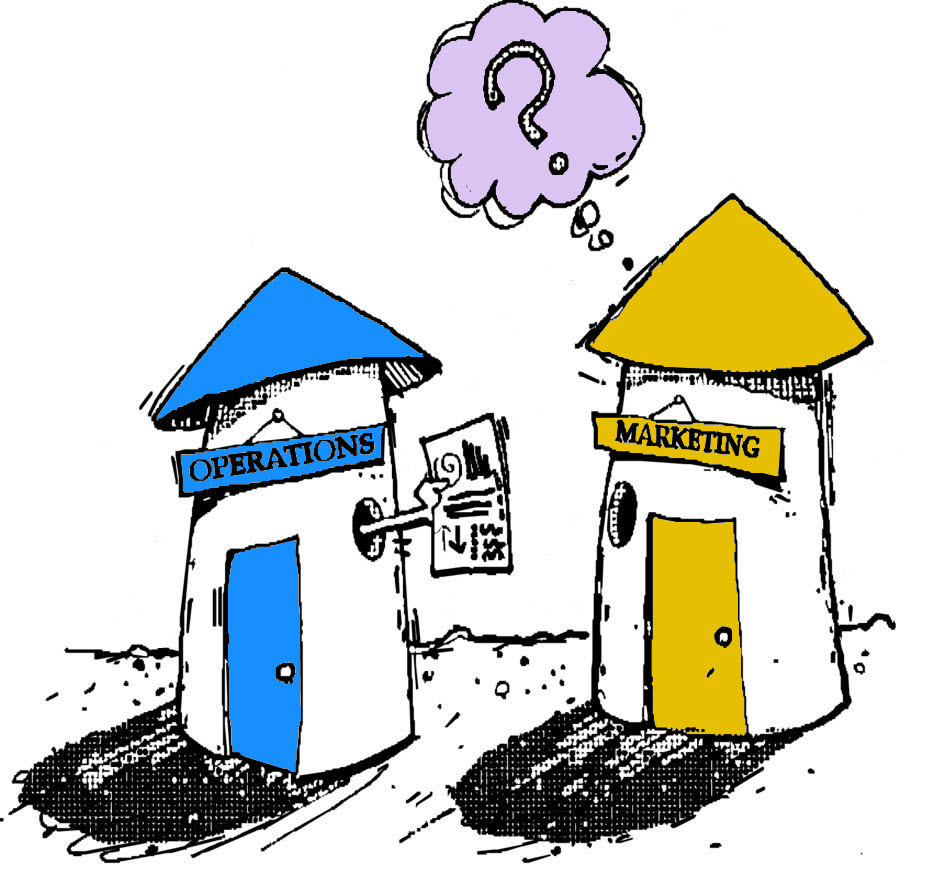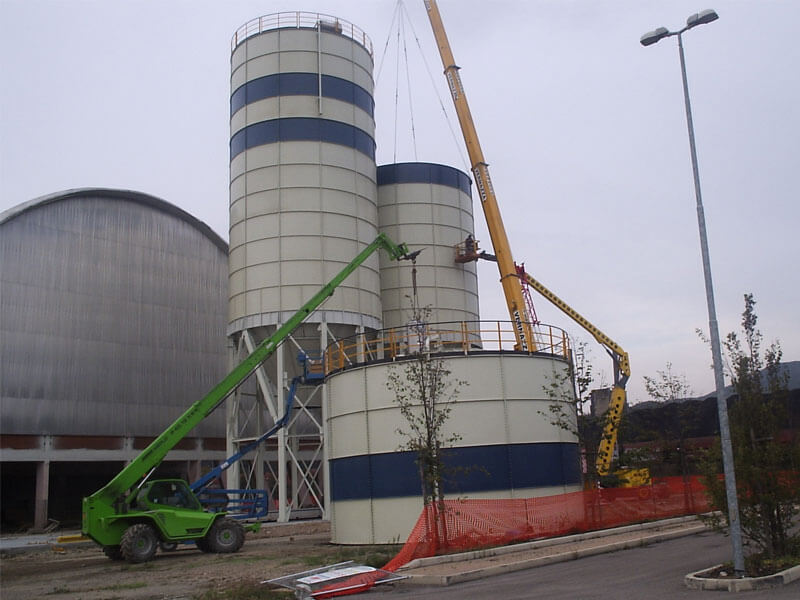


In many cases, those systems are also deployed and managed separately by departments instead of an organization's data management team. Data silos add to IT costs by increasing the number of servers and storage devices an organization needs to buy.




In many cases, those systems are also deployed and managed separately by departments instead of an organization's data management team. Data silos add to IT costs by increasing the number of servers and storage devices an organization needs to buy.
